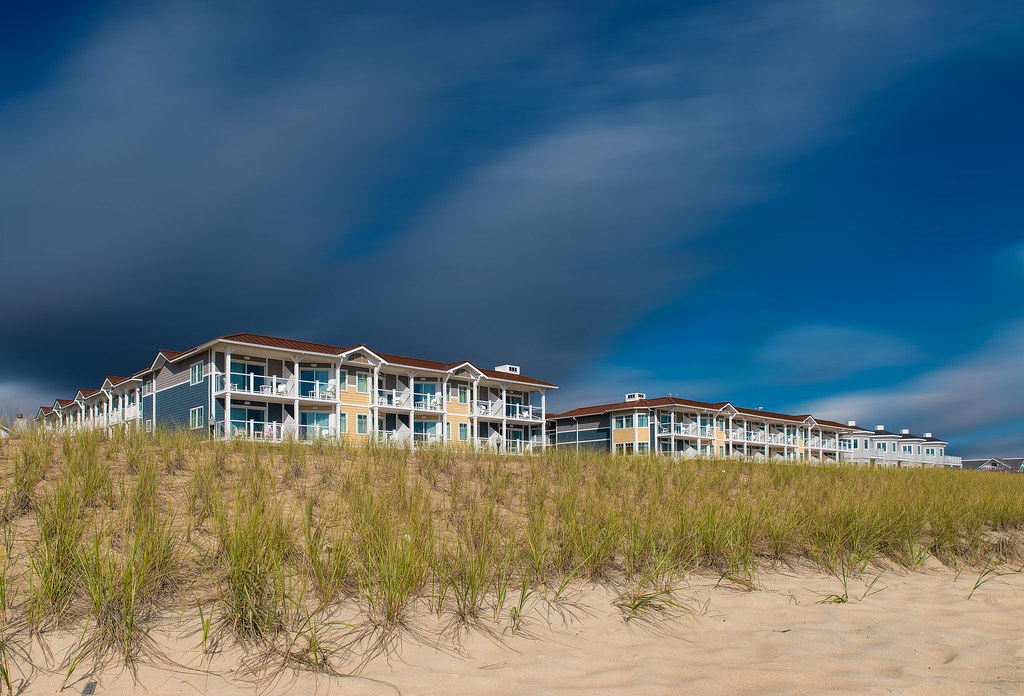Braineack
Been spending a lot of time on here!
- Joined
- Jun 17, 2013
- Messages
- 13,214
- Reaction score
- 5,613
- Location
- NoVA
- Can others edit my Photos
- Photos OK to edit
I wanted to try a technique of capturing a long exposure without actually capturing a long-exposure. I thought the cloud formation behind my hotel and bright direct sunlight looked interesting. The clouds were moving rapidly to the shore over-top the hotel so I wanted to do a long-exposure to capture this.
I setup the camera it had it take 10 shots at 1min intervals. I stacked them in PS as a Smart Object and blended them using Mean. I need to play with the intervals and length better next time, but I ultimately had to resort to a little bit of motion blur to blend the movement a little better--maybe 15-30sec intervals for the same 10min period.
But in the end I achieved pretty much what I was going for, and was able to capture a 10min exposure without the use of any poverty filters.

Bethany Beach Ocean Suites by The Braineack, on Flickr
I setup the camera it had it take 10 shots at 1min intervals. I stacked them in PS as a Smart Object and blended them using Mean. I need to play with the intervals and length better next time, but I ultimately had to resort to a little bit of motion blur to blend the movement a little better--maybe 15-30sec intervals for the same 10min period.
But in the end I achieved pretty much what I was going for, and was able to capture a 10min exposure without the use of any poverty filters.

Bethany Beach Ocean Suites by The Braineack, on Flickr

![[No title]](/data/xfmg/thumbnail/38/38748-ed31bfa7e0ad498ba3aa5dfbf3666f8d.jpg?1734172603)




![[No title]](/data/xfmg/thumbnail/35/35880-9a6926237907ab72b42781d9a09698a6.jpg?1734167640)





